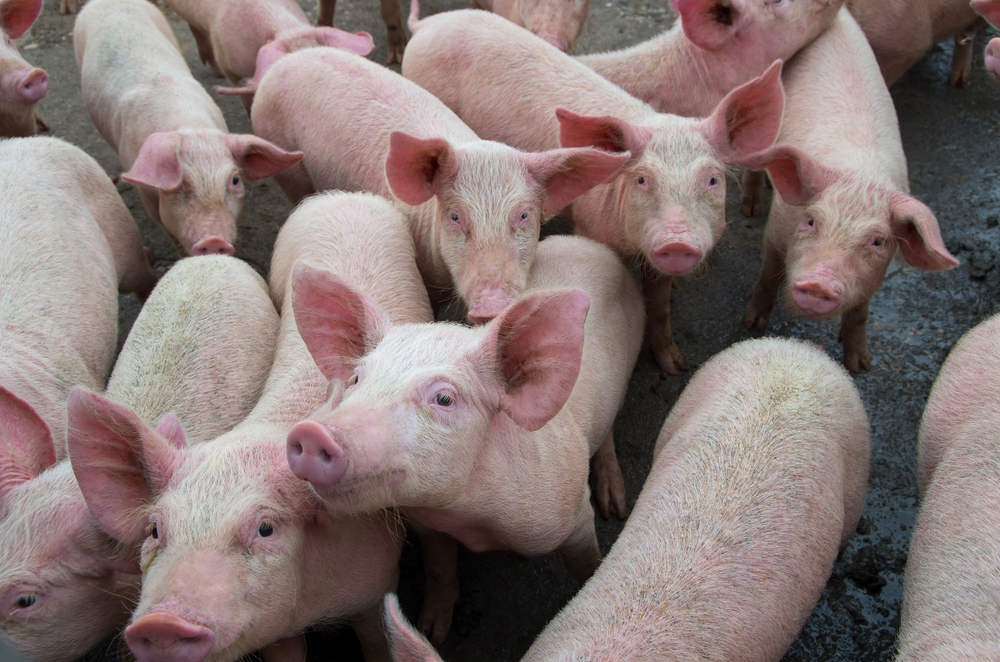The U.S. Department of Agriculture (USDA) confirmed hundreds of cases of African swine fever in the Dominican Republic in what were the first detections in the Americas in nearly 40 years.
The outbreaks were found on two farms in different Dominican provinces. The initial positive sample was sourced on July 1 in the western province of Monte Cristi — just over 20 kilometers from the border with Haiti. That farm had 827 pigs on-site, of which at least 266 had tested positive.
Two weeks later, on July 14, another farm tested positive. This time, the infected hogs were in the central Sánchez Ramírez province. The facility only had 15 pigs on-site, of which seven tested positive. To avoid the spread of African swine fever, the Dominican government has suspended the transportation and sale of hogs from Monte Cristi and Sánchez Ramírez.
Since first being spotted in 2018, the disease has decimated China’s hog herds. The following year, Chinese demand for Brazilian soybeans was drastically reduced due to lower requirements for animal feed. With the swine fever harming China’s pork production, the country has gone on an importing spree, pushing up meat prices worldwide. The country’s imports of beef, pork, and poultry jumped nearly 70 percent in the first half of 2019.
Humans are not affected by African swine fever, but it can be lethal for pigs and there is no cure as of yet. The disease is spread by contact with infected animals, objects, the ingestion of meat and meat products, or bites by infectious ticks.


 Search
Search






































